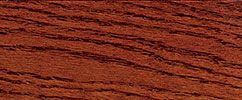People and the earth are no doubt connected, and wood decor is just a fitting way to celebrate this. Wood is a warm, comfortable and natural material that has so much appeal.
Wood Species
All of our products are available in a variety of woods. This page will give you an idea of what each wood species looks like, as well as some of its characteristics. Keep in mind that wood is a product of nature and will vary in color, figure, grain and texture, with no boards looking exactly alike. Also, as wood ages and is exposed to sunlight, it will naturally change color slightly - this is called "mellowing." These natural characteristics are part of the unique charm and beauty of wood.
The photos below are representative of each species. They have been reproduced using digital production techniques. The colors shown are for reference purposes only.
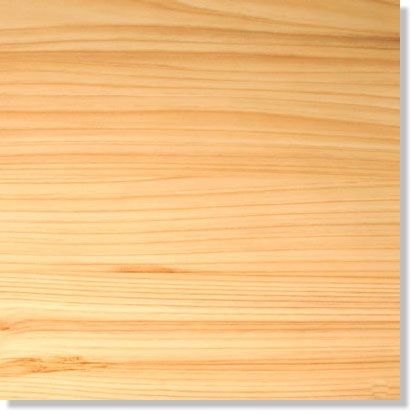
Pine - (Southern Yellow) Pine is actually a species group that is made up of
primarily four trees: loblolly pine (Pinus taeda), long leaf pine (Pinus
palustris), shortleaf pine (Pinus echinata) and slash pine (Pinus
eliottii) Loblolly Pine is the most important and predominant of the
four. It grows throughout the Atlantic Coastal Plain, often in
commercial stands, from Maryland south through all the Carolinas and
Georgia into Florida, and westward to East Texas. It is classified as a
hard pine and is harder than white pine.
Characteristics: Warm pale yellow with brown knots. Distinctive light and dark grain pattern.
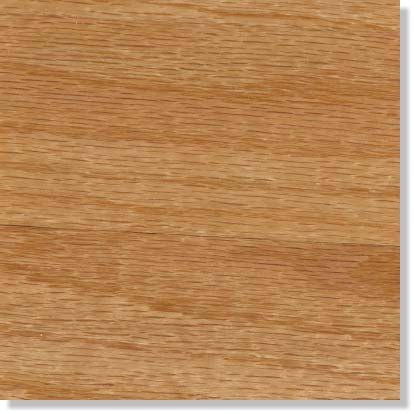
Red Oak - The oaks-red and white-are the most abundant U.S. hardwood species.
It would be difficult to name a wood with a longer and more illustrious
history in furnishings and interior design. Red oak grows only in North America and is
found further north than any other oak species. A big, slow growing
tree, red oak takes 20 years to mature and lives an average of 300
years.
Characteristics: Ranges from nearly white cream color to a beautiful warm, pale brown heartwood, tinted with red. The grain is distinguished by rays, which reflect light and add to its attractiveness. Depending on the way the logs are sawn many distinctive and sought after patterns emerge: flake figures, pin stripes, fine lines, leafy grains and watery figures.
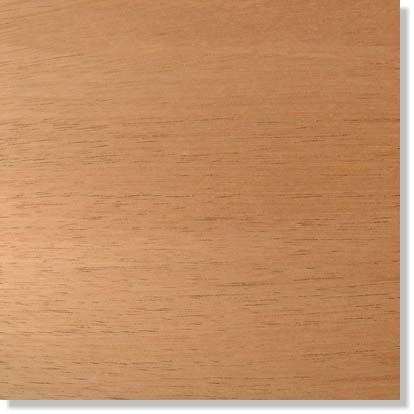
Cedar - The most common type of cedar is the western red variety. Several species of cedar grow in the southern United States, Central and South America.
Characteristics: Knotty softwood which has a red-brown color with light straight grain and has a slightly aromatic smell.
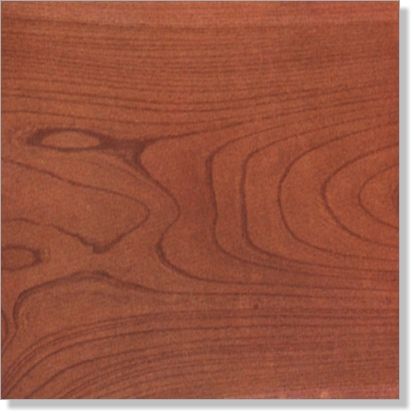
Mahogany - also known as Honduras Mahogany is a tropical hardwood indigenous to South America, Central America and Africa. The heavyweight of all woods, mahogany is one of the most valuable
timber trees.
Characteristics: Varies from light red or pale tan to a rich dark deep red or deep golden brown, depending on country of origin. It is generally straight grained but is prized for its figures which include stripe, roe, curly, blister, fiddleback, and mottle. Extremely strong, hard, stable and decay resistant.
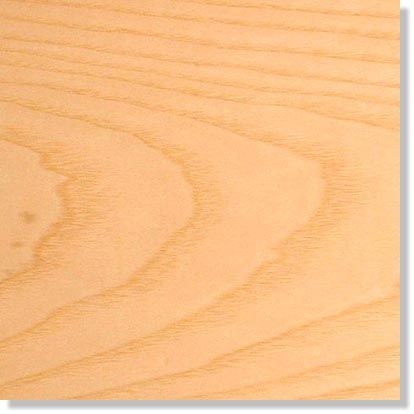
Ash - There are several species of American ash: black, brown, and white.
Like most other hardwoods the timber of the white ash is heavy, hard,
strong and durable.
Characteristics: Nearly pure lustrous white, ranging through cream to very light brown. It has an attractive, straight, moderately open, pronounced grain. Heavy, hard, strong and stiff excellent bending qualities.
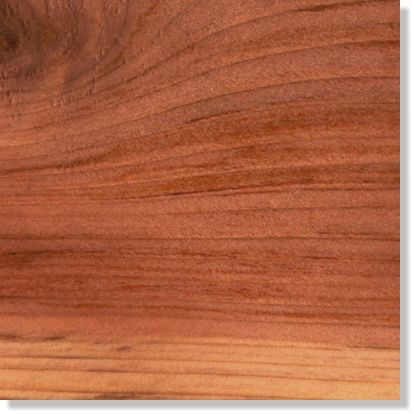
Redwood - Indigenous to the Pacific United States, redwood trees grow to more than 300 feet tall and 2,500 years old. The best quality redwood comes from the heartwood which is resistant to deterioration due to sunlight, moisture and insects.
Characteristics: (California Redwood) is fairly soft and has a straight grain. Reddish tint and relatively soft. Redwood burls have a "cluster of eyes" figure. They are rare and valuable.
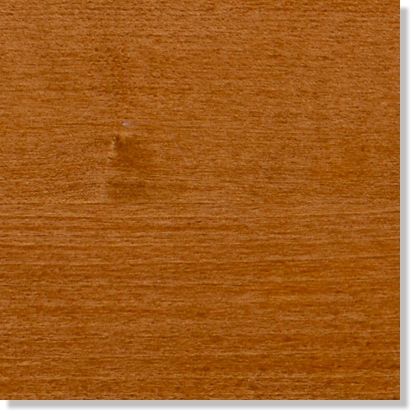
Brown Maple - The American species of maple are divided into two groups: Hard
maple, which includes sugar and black maple; and soft maple, which
includes red and silver maple.
Characteristics: Cream to light reddish-brown. Usually straight-grained and sometimes found with highly figured
bird's-eye or burl grain. Bird's-eye resembles small circular or
elliptical figures. Clusters of round curls are known as burl. Heavy, hard, strong, tough, stiff, close-grained and
possesses a uniform texture.
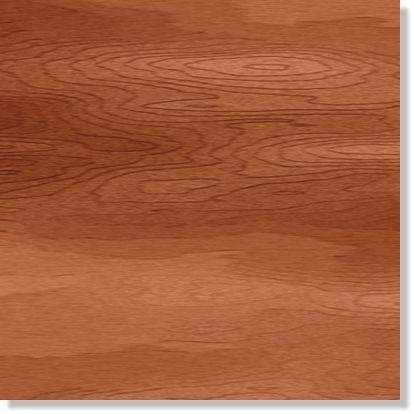
Cherry - Cherry belongs to the rose family and was used
as early as 400 B.C. by the Greeks and Romans. The wood from
the cherry tree can be described in a single word: beautiful. Its rich
red-brown color deepens with age. Small dark gum flecks add to its
interest. Distinctive, unique figures and grains are brought out through
quarter sawing. It has an exceptionally lustrous appearance that glows.
The finish is satiny to the touch.
Characteristics: Rich, reddish-brown. Cherry darkens considerably with age and exposure to sunlight. Straight-grained and satiny. Small gum pockets produce distinctive markings. Light, strong, stiff and rather hard. Cherry's grain is more subdued than some other hardwood species, with very interesting character.
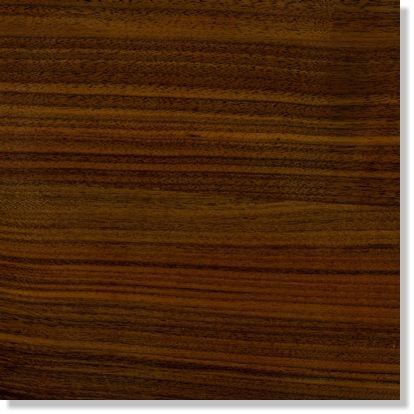
Walnut - grows in Europe, America and Asia. There are many different varieties. Walnut is one of the most versatile and popular cabinet making woods. European walnut is lighter in color and slightly finer in texture than American black walnut, but otherwise comparable.
Characteristics: Hardwood with a rich brown color is strong, hard and durable, without being excessively heavy. The wood is light to dark chocolate brown in color with a straight grain in the trunk. Wavy grain is present towards the roots and large burls are common. Walnut solids show a wide range of figures, including strips, burls, mottles, crotches, curls and butts.
Enhancing the Grain
We use an oil-based wood stain that provides long-lasting wood tone color. It penetrates deep into the pores to seal and protect the wood. It can be used to enhance grain pattern in pore woods or add intense color to dense wood, whether for grain enhancement or simple color change. We currently have eight wood tone colors available.
The photos below are a representative of each color. They have been reproduced using digital production techniques. The colors shown are for reference purposes only.
Red Oak
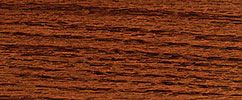
Red Mahogany
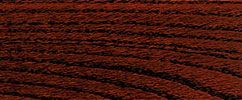
Natural
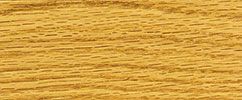
Golden Pecan
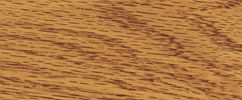
English Chestnut
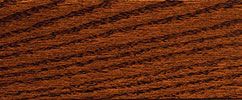
Colonial Maple

Dark Walnut
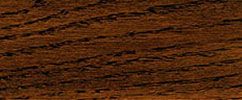
Cherry
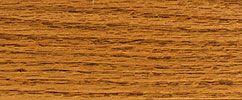
Red Chestnut
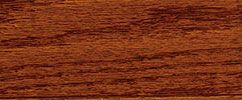
Gunstock
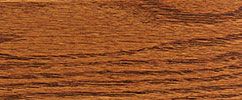
Sedona Red
